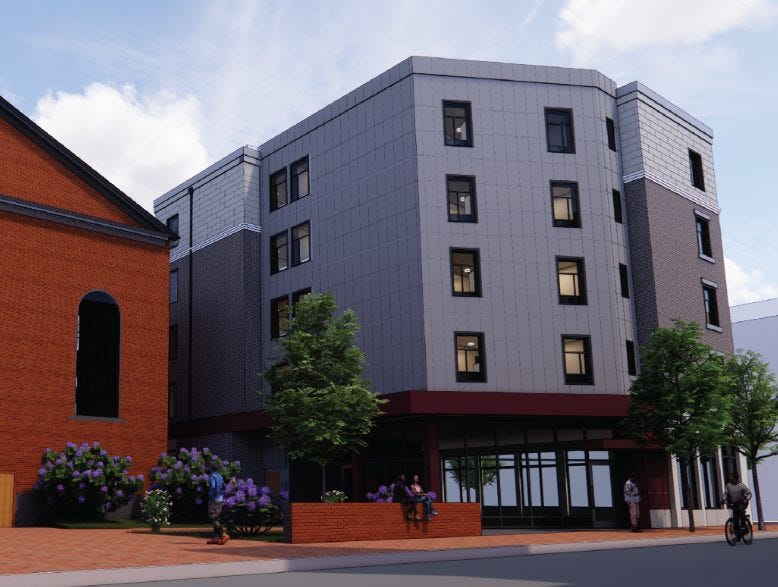The Best Way to Build Affordable Housing is to Buy It
Why the era of tax credits may be waning and city governments could become iBuyers.
When the costs of labor, land, materials and debt are all quite high, it’s impossible to produce an affordable housing unit affordably. I was reminded of this recently when I came across a sweet new project coming to Old City in Philadelphia – a five-story building with 34 units of efficiency housing for formerly homeless people. The project, built by a local church using low-income housing tax credits, also entails community space, supportive services, and offices. The pricetag? More than $20 million.
While the project sounds great, do the math and even discounting the cost of the extra amenities, each efficiency unit of housing will cost more than double the price of an average full-sized home in Philadelphia ($275,000 as of this writing).
If it costs nearly $600,000 to build a studio, something’s wrong, right? Except that the cost of new construction in most major American cities is astronomical. You’ve seen the stories about places like Los Angeles, where the city has spent $800,000 per tiny home for the homeless. Use Urban Institute’s nifty calculator to explore why it’s so hard to make affordable housing pencil out.
Cities or nonprofits continue to underwrite tax credit projects because their portion of the overall cost is small, while federal tax credits cover the majority of bill. But increasingly, there is recognition that this model of building housing – primarily centered around our country’s tax credit and other large subsidy programs — is not sustainable.
Instead a new idea is taking hold: buying housing, rather than building it from scratch.
Below, I’ll briefly explore:
Which states and cities are moving ahead with this strategy
Why government should act more like iBuyers
Why buying rather than building housing is likely to become the way forward for most governments and nonprofits in the coming decade





